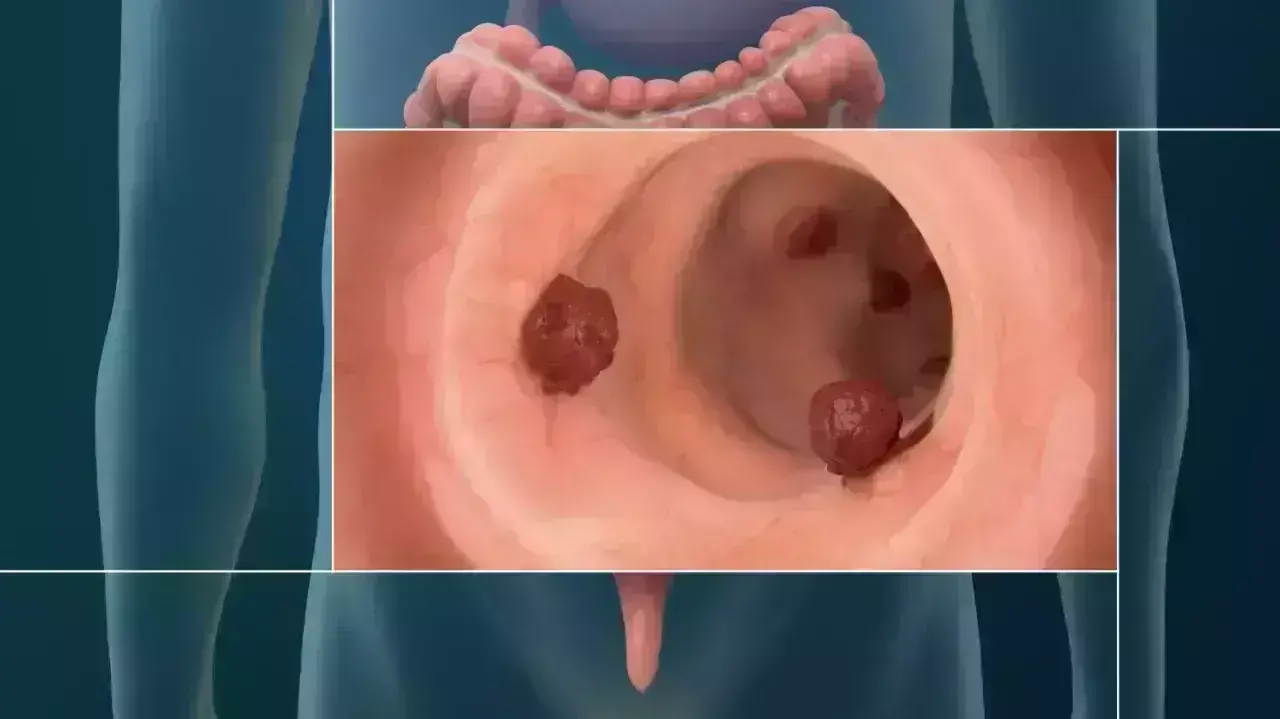Incomplete polyp removal increases risk of colorectal cancer after colonoscopy: Study

USA: Polyp resection technique is of critical importance in efforts to improve the quality of colonoscopy, suggests a recent multicenter cohort study in Annals of Internal Medicine.
The study found that incomplete polyp removal or polyp removal where neoplastic tissue is found in any of the marginal biopsies may contribute to neoplasia recurrence and interval colorectal cancer.
Incomplete polyp resection has been estimated to account for up to 30 percent of all post-colonoscopy colorectal cancer. Cancer is considered to be the result of incomplete resection if it is found in a colon segment with a previous clinically significant polyp. However, there is no standard definition of a clinically significant polyp and there are no data on the natural history of polyps that were incompletely removed.
Researchers from the VA Medical Center studied medical records for 233 participants in the Complete Adenoma REsection (CARE) study to examine the risk for metachronous neoplasia during surveillance colonoscopy after documented incomplete polyp resection. Patients with a documented incomplete polyp resection on the marginal biopsies were recommended to have a surveillance examination within 1 year. All other patients were provided with surveillance recommendations per endoscopists based on current guidelines.
Of 233 participants in the original study, 166 (71%) had at least 1 surveillance examination. The researchers found that incomplete segments (those with a prior incompletely removed polyp) were more likely to have metachronous neoplasia than complete segments (52% vs 23%), and also more likely to harbor advanced neoplasia (18% vs 3%). Moreover, incomplete resection was the strongest independent factor associated with metachronous neoplasia.
According to the authors, these findings suggest that further work to improve polypectomy technique through training and quality assurance type monitoring is warranted.
DOI: https://www.acpjournals.org/doi/10.7326/M20-6689
Next Story